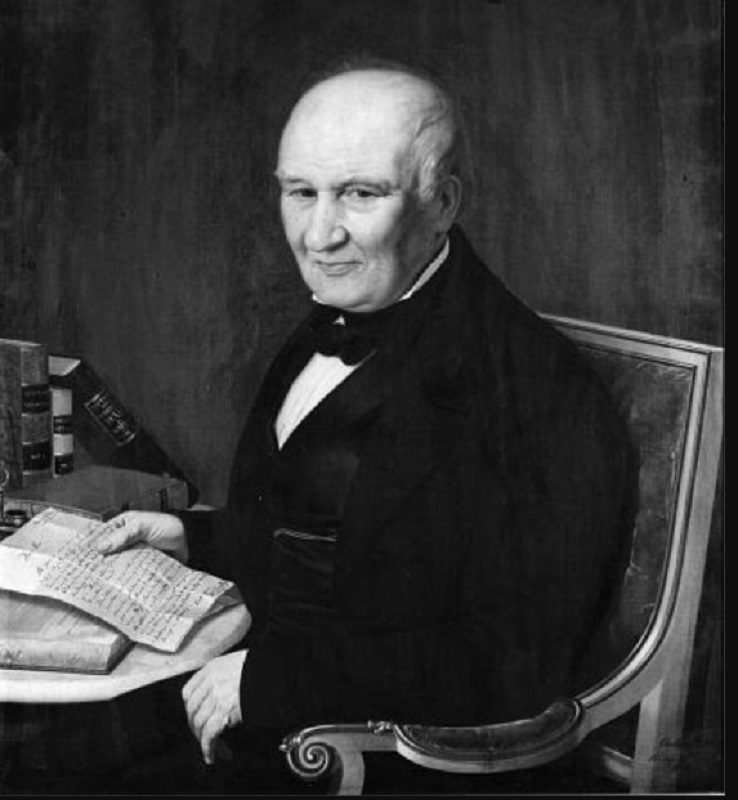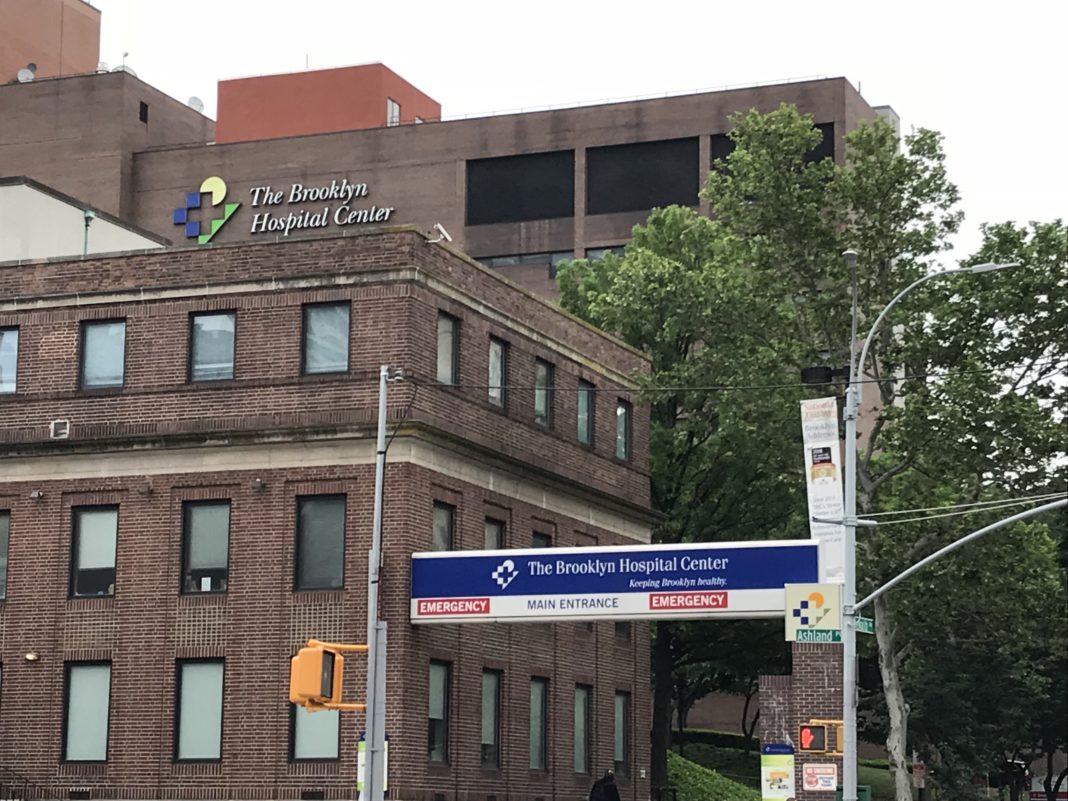In the mid-nineteenth century, if a person in Brooklyn needed to see a doctor, they had to go to his office or home. There were no public hospitals. It became clearly evident how problematic the situation was when, in 1839, a tourist from Buffalo got hit by a van on Fulton Street and suffered a broken leg. Mayor Cyrus Smith, who witnessed the accident, helped to take the man to a neighboring private house for an inspection, which he personally paid for. What would a man do if the mayor wasn’t around? Read more about the establishment of Brooklyn Hospital at brooklyn-future.
Brooklyn in need of a hospital

The situation became critical, and Brooklyn needed a hospital. Six years later, Smith was the one who organized a meeting to discuss the matter. The state legislature passed the initiative in 1845, and Smith was elected president of the newly formed Brooklyn City Hospital’s board of trustees.
However, the creation of the board did not result in the hospital’s immediate establishment. Surprisingly, the idea proved difficult to promote. Fundraising was extremely slow, with very little money received. In 1846, the necessity for a hospital became increasingly pressing. So, with significant donations from various trustees, particularly Augustus Graham, one of Brooklyn’s great patrons and the “grandfather” of the Brooklyn Museum, enough money was obtained to purchase a small frame house on Hudson Avenue in downtown Brooklyn. The Brooklyn City Dispensary first opened its doors in 1847.
Development of the hospital

The structure was entirely not suitable from the start, but it operated as the only public hospital until 1852 when the first facility opened in Fort Greene. Because of the cramped space, major surgeries have occasionally been carried out in front of other ward patients because there was nowhere else to place them.
Expansion was necessary. 74 lots were acquired near Fort Greene Park, where, by the way, the Brooklyn Hospital still operates. Augustus Graham, whose brother established the Graham Home for Old Ladies on Washington Avenue, was a very kind person. Although he died in 1847, in his will, he left the hospital with enough money to allow for the construction of the initial structures, and his wife assisted in laying the hospital’s cornerstone during the ceremony in 1851. This first building was to accommodate 161 patients.
The Pathological Hall, which opened in 1858, was the complex’s second building and was used to conduct human body studies. There were autopsy rooms, lecture halls and a research library. It was only the second structure of this type in the United States. Several buildings were constructed during and after the Civil War. By the 1890s, the hospital had already established the first nursing school in Brooklyn and the second in the state. Mrs. Seth Low was the school’s president. There was also a big infirmary for the poor and needy, as well as one of the earliest maternity wards in a general hospital. By 1896, Brooklyn Hospital operated its own ambulance service. The original hospital structure was demolished to make way for a new general hospital that included a maternity ward, general dispensary and infirmary.
Brooklyn Hospital Center

The hospital was built on a steep hill that rose from DeKalb Avenue. Telephone poles and power lines also ran along the street, which was illuminated. The facility was marked by a big “Brooklyn Hospital” sign facing Dekalb Avenue.
Between 1990 and 2010, the Brooklyn Hospital was nearly totally rebuilt, renovated and revitalized as hospital cuts, closures and significant changes in the healthcare system made it more important to society than ever before. It is now known as the Brooklyn Hospital Center and is part of the New York City and Presbyterian Health Care System.